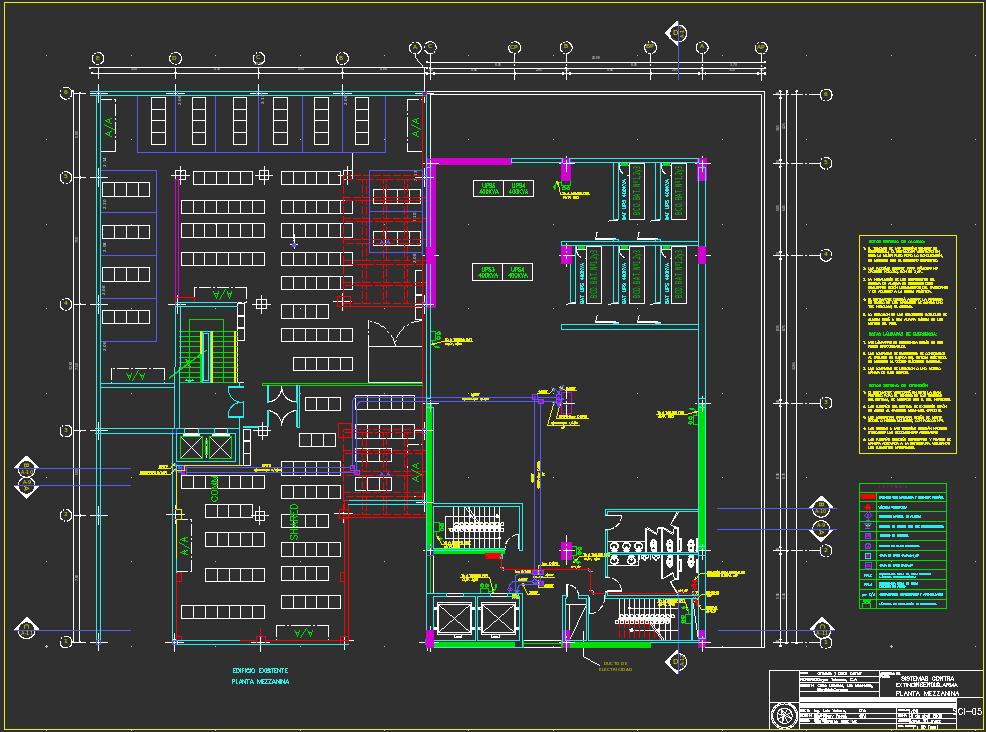Engineering design is a well structured method to plan and perform every activity to get an proper and effective fire alarm system. This is paramount when it comes to protect life, assets and environment from the dangerous effects of a fire. The importance of a proper designed system cannot be overemphasized.
For start, Design objectives should be discussed and agreed to by all the project stakeholders prior going further in the design of the system. Objectives include a broad scope from passive or active protection strategy, notification to building occupants, evacuation, monitoring fire suppression systems, release fire suppression agent, supervising process, smoke control, alerting firefighting brigade, detecting fire at specific stage of development or fulfillment of corporative demand.

Basis for system specification are provided by design criteria, it is the starting point for developing system design package, construction drawings and specifications.
Engineering study of each area to be protected yields the design criteria, and should include:
- Type of combustibles: gases, solids or liquids, physical arrangement and storage conditions
- Possible fire scenarios: potential ignition sources, occupants characteristics as expected quantity, age or physical limitations, likelihood of fire initiation
- Construction features of the facility as egress means, noise levels, ceilings types and heights, ventilation and room temperature
- Building classification by expected occupation and use
- Applicable codes, standards and regulations
- Quality Assurance requirements
- Administrative controls as operation, maintenance and hazards procedures
- System Functions and Operation
- Equipment selection
- Detectors spacing
Detectors Placement and Spacing accounts for most part of design works due corrections in listed spacing that must be made in order to include effects of ceiling height, stratification, ceiling slope, beams, girders, joists and roof bays. Ventilation effects are critical since air movement directly influences smoke transportation, special consideration are to be taken while protecting HVAC ducts, perforated membrane suspended ceilings or raised floors used as air plenum.
Well defined rules are found in applicable codes, which establish the minimum required level of performance and quality of installation for every component of fire alarm system. The use of any method or technology that provides higher levels that those stated in the codes, is encourage as long as is produced by using of sound engineering studies.
References
-NFPA 72, National Fire Alarm and Signaling Code